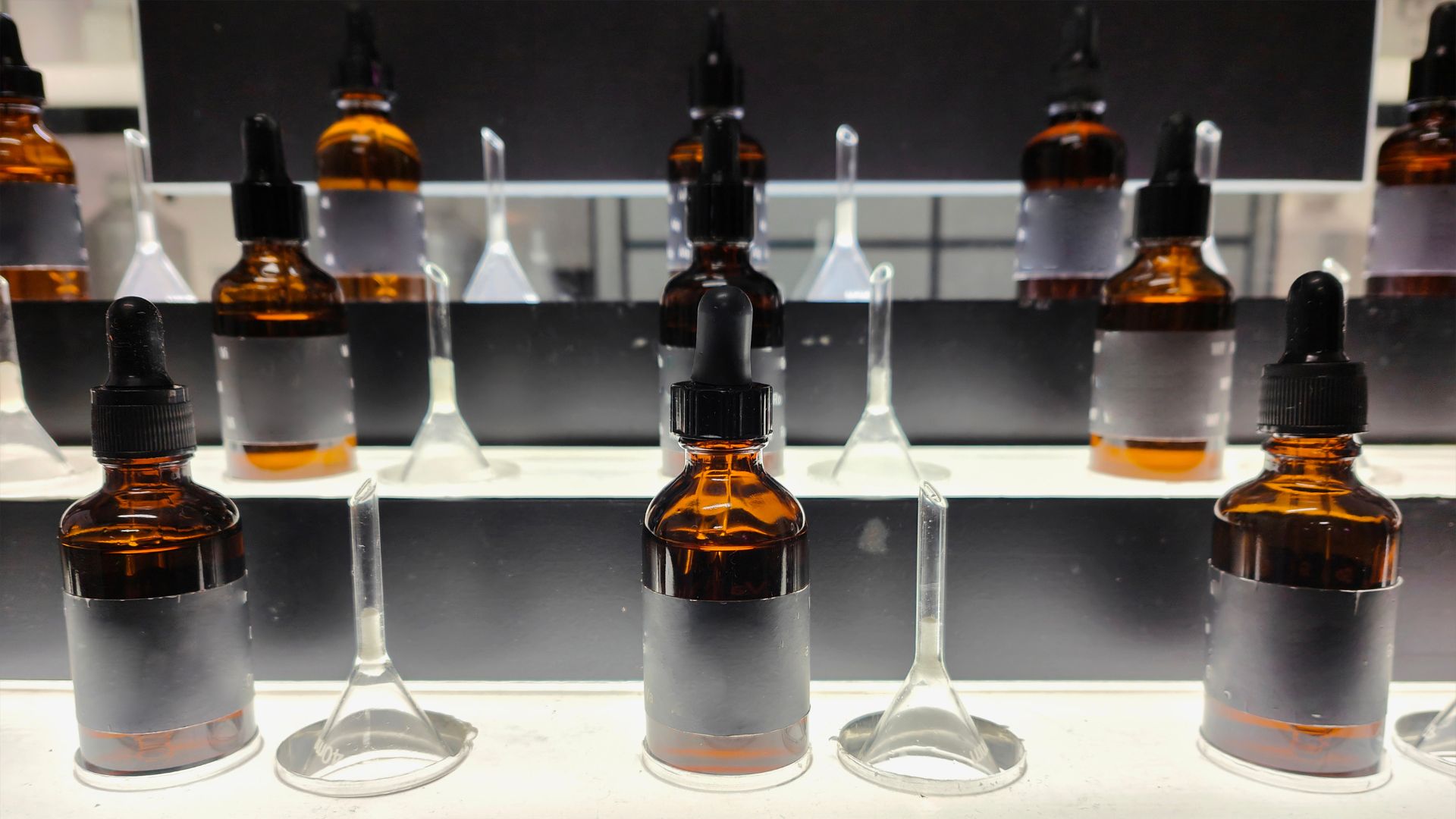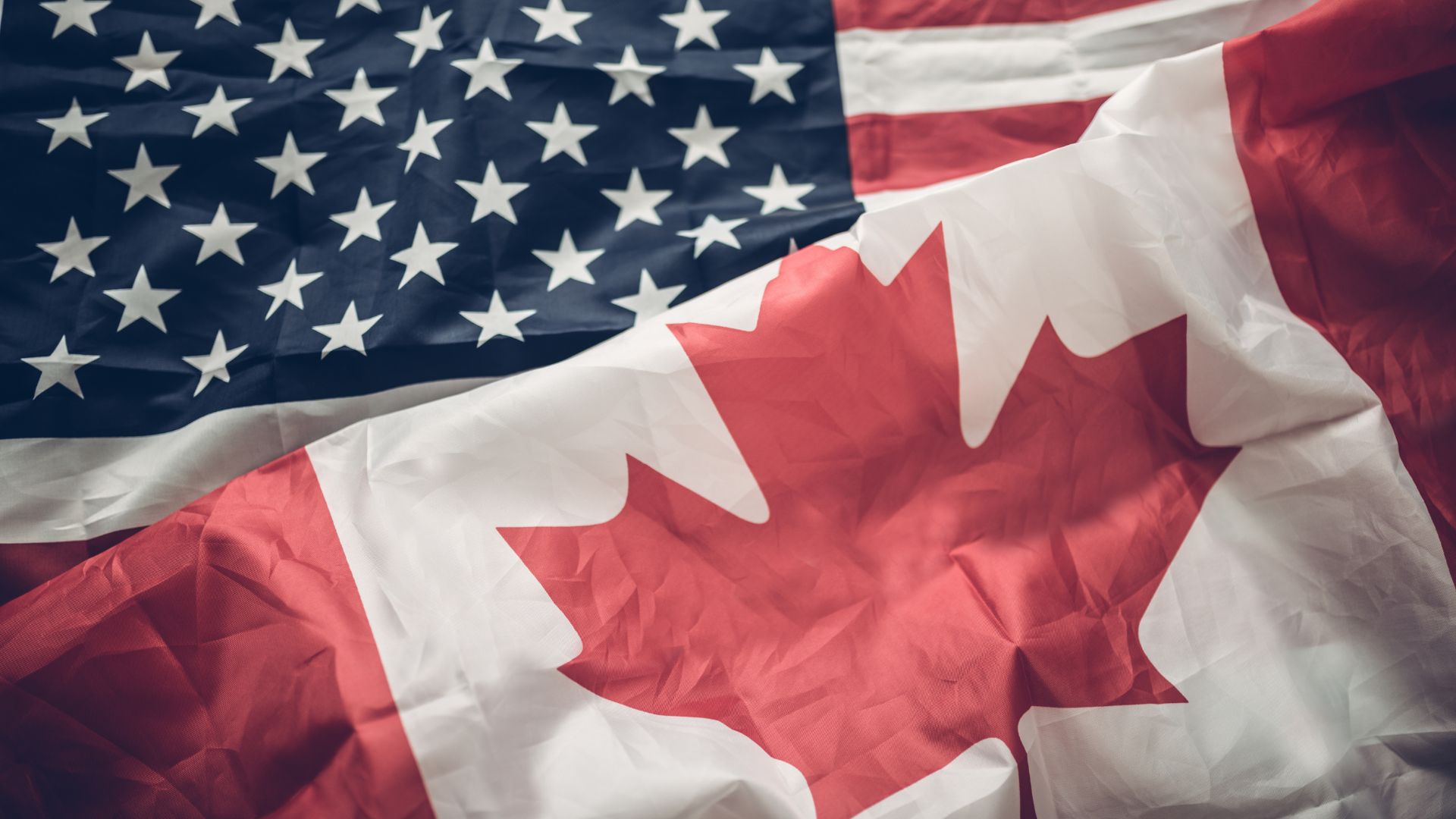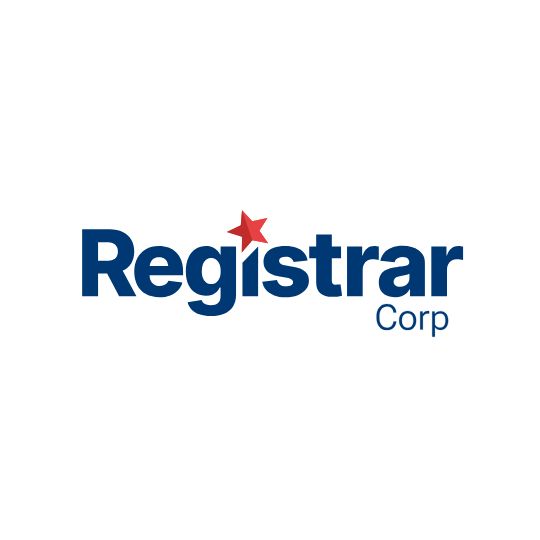Fragrance is one of the most recognizable and appealing elements in a cosmetic product — but it’s also one of the trickiest when it comes to allergens and consumer safety. For many years, Canadian cosmetic regulations allowed manufacturers to simply declare “parfum” or “fragrance” on their ingredient lists, with no obligation to break down exactly which chemicals made up that scent. But consumers have grown more aware and concerned about skin sensitivities and allergic reactions linked to common fragrance ingredients.
To address this, Canada has updated its Cosmetic Regulations to require greater transparency for fragrance allergens, aligning its rules more closely with what the European Union has long enforced. As Canada moves to implement these new rules, brands — especially those used to EU compliance — need to understand how to navigate the disclosure thresholds, what must appear on a label, and how to update product files and packaging to stay compliant.
Canada’s Cosmetic Labelling Landscape
Cosmetic products sold in Canada are regulated under the Food and Drugs Act and the Cosmetic Regulations, along with the Consumer Packaging and Labelling Act. Together, these set out the mandatory elements that must appear on a product’s outer label and container. This includes the identity of the product, net quantity, ingredient list, warnings if applicable, and, importantly, the full list of ingredients using proper INCI (International Nomenclature of Cosmetic Ingredients) names.
Historically, fragrance mixtures could be summarized by simply using the word “parfum” or “fragrance” at the end of the ingredient list. For consumers with known sensitivities to specific chemicals, this left a gap in useful information. While a shampoo or lotion might contain limonene, linalool or coumarin — all well-known allergens — the buyer had no clear way to know unless the company chose to list them voluntarily.
This has changed. In line with global trends, Canada now requires certain fragrance allergens to be identified by name on cosmetic labels when present above very low thresholds.
What’s Changing for Fragrance Ingredients
Canada’s new rule means that while “parfum” can still appear as a catch-all term for the overall fragrance blend, if that blend contains any ingredient recognized as an allergen above a specific trace concentration, that ingredient must be disclosed separately on the ingredient list. The concentration thresholds match the EU standard: 0.001% for leave-on products such as lotions and deodorants, and 0.01% for rinse-off products like shampoos and body washes.
In other words, if a hand cream contains linalool as part of a scent blend and the final concentration of linalool in the product is above 0.001%, the brand must list “Linalool” in the ingredients — not just “parfum.” This extra layer of transparency is designed to help people who know they are allergic to certain substances make safer choices.
The List of Required Fragrance Allergens
Canada’s starting list covers 24 fragrance allergens, all drawn from the same group the European Union first defined in its cosmetic legislation. These include common substances like limonene, linalool, citral, geraniol, eugenol and others found naturally in essential oils and synthetic fragrances alike. For brands selling in the EU, these names will be familiar: European labelling has required their disclosure for years when they exceed the same thresholds.
Importantly, Canada’s list is not static. It is set to expand in step with the European Union’s next round of allergen updates, which will add dozens more fragrance substances. By 2026, the expanded list will come into force for new products in Canada, with older products given a short window to update labels or reformulate if needed. This staged approach gives brands time to audit formulations and adjust packaging, but the end goal is clear: more complete disclosure for the consumer.
How to List Fragrance Allergens Correctly
Practically, fragrance allergens must appear on the same ingredient list as all other ingredients. The word “parfum” can still be used for the main scent mixture, but allergens must be named individually after “parfum” or mixed into the list wherever appropriate by concentration. They must be named exactly as recognized in the INCI dictionary, with no substitutions or informal trade names.
If a product uses grouped ingredients — for example, a blend of rose extracts that together contain a regulated allergen — then the total level of that allergen counts toward the threshold. This prevents brands from splitting related ingredients into sub-units to stay under the limit. If multiple related ingredients push the total concentration above the legal threshold, the grouped allergen name must appear on the label.
The Role of Bilingual Labelling
Canada’s bilingual packaging law remains fully in force. Ingredient names themselves stay in INCI English because that’s an international standard, but the rest of the ingredient list heading and any related instructions must appear in both English and French. Companies must ensure that any statement about allergens, ingredient clarifications, or label context respects this bilingual rule. While “linalool” stays “linalool,” the word “Ingredients” should appear as “Ingredients/Ingrédients,” and any clarifying notes must be shown in both languages.
Comparing Canada and EU Requirements
For brands already active in the EU, the Canadian requirements should look very familiar. The thresholds for disclosure are the same, the list of allergens is the same for now, and the expansion timeline mirrors Europe’s next update. The main operational difference is the need to ensure labels also comply with Canada’s bilingual labelling laws and specific Hotlist restrictions for certain ingredients.
One nuance: Europe’s framework also applies to flavorings in certain products like lip balms, where the term “aroma” is used. Canada allows similar flexibility but uses “flavour” or “aroma” depending on the product and ingredient type. The principle remains the same: if an allergenic substance appears in the fragrance or flavor portion of a product above the defined limit, it must be named.
How Enforcement Works
Health Canada treats fragrance allergen disclosure seriously. Labels are subject to routine inspections, especially at customs and in retail settings. If a product contains a regulated allergen above threshold but the label does not declare it, the product may be treated as misbranded and can be refused entry, removed from sale, or recalled. The responsibility lies fully with the brand or importer to prove that the label reflects what is in the formula — and that ingredient concentrations are accurately documented.
Additionally, Health Canada’s Cosmetic Ingredient Hotlist must be checked alongside the allergen labelling requirements. The Hotlist identifies substances that are outright banned or restricted. Some fragrance chemicals are allowed only below certain levels, or not at all. Declaring an allergen does not override the Hotlist — a prohibited ingredient cannot simply be disclosed to make its use acceptable.
Steps for Compliance
In practice, brands should review every fragrance blend and essential oil with updated documentation from suppliers. Even natural oils can contain multiple allergens. A lavender oil, for instance, often includes linalool and coumarin. Both count toward the thresholds and must be declared if their final concentration in the product is too high.
The next step is to review product packaging and design files. Ingredient lists must be updated to include allergen names where needed, and the overall label layout must stay compliant with Canada’s formatting and bilingual requirements. It’s good practice to update the product’s Cosmetic Notification Form as well, ensuring that what is filed with Health Canada matches what appears on the label.
Companies with large inventories should plan a realistic timeline for relabeling existing stock before the final transition deadlines. Many brands choose to align with the EU’s updated list early to avoid repeated reprints.
The Broader Trend
The fragrance allergen update is part of a larger shift in the global beauty sector toward greater transparency. Informed consumers are increasingly looking for products that respect their health needs and disclose what’s inside. For brands, meeting these expectations is not just about avoiding penalties — it’s also a chance to earn trust and stand out in a competitive market.
By following Canada’s fragrance allergen labelling requirements carefully, brands can stay compliant while supporting the consumer’s right to know. For companies used to the EU’s approach, this is mostly about confirming that EU-ready labels flow smoothly into Canada’s regulatory environment — with a sharp eye on bilingual details, proper ingredient checks, and clear coordination between what’s on paper, what’s in the bottle, and what’s printed on the box.
Staying ahead today means transparency tomorrow — and fragrance allergen labelling is now an essential part of that commitment in Canada’s evolving cosmetics market.
How Registrar Corp Can Help
Complying with Canada’s evolving fragrance allergen rules isn’t just about updating a label — it’s about ensuring what’s listed matches what’s inside, what’s filed, and what’s expected by regulators. Registrar Corp helps cosmetic brands manage every step of the process, from ingredient verification and bilingual label formatting to Cosmetic Notification Form (CNF) updates and Hotlist checks. If you’re unsure how these changes affect your product, our Health Canada compliance experts can help you get it right the first time—and keep it right as regulations evolve.









